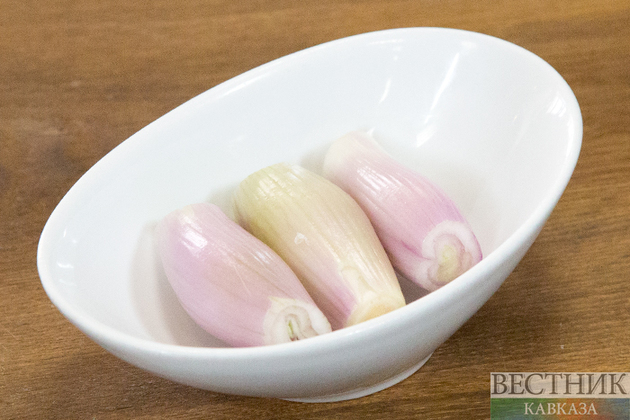Protests have erupted across numerous cities in Iran after the government enacted a series of subsidy cuts, leading to a harsh government crackdown that resulted in a reported four deaths, Al-Monitor writes.
Iranians on social media have complained since May about the high prices of cooking oil, bread and dairy products. The price of some foods has increased by over 300%. President Ebrahim Raisi promised May 15 at a meeting with economic officials and ministers that, in place of the general subsidies on food items, cash would be deposited into the accounts of Iranians who qualify. Vice President Mohammad Mokhber said that the price of cooking oil, chicken and eggs would “return to normal in the coming days.” On the price of bread, Mokhber said that “infractions would not be tolerated under any conditions.” He said that the administration has not made any policy decisions with respect to prices, subsidies or their sale. He said that the price of bread should have not changed one cent, and if it did then there has been a legal violation. Mokhber suggested that some individuals were taking advantage by increasing bread prices and they would face legal consequences.
The assurances by the administration that prices would be reduced have not quieted the protests. One popular social media account showed a protest in Tehran with pictures of protestors blurred to protect their identity. The protestors appear to be chanting about their salaries, suggesting they have not received them. Protests in other parts of the country have led to chants against Supreme Leader Ayatollah Ali Khamenei and the Islamic Republic system of guardianship of the jurist.
This is not the first subsidy-cut-related protest in Iran in recent years. Since 2017, introductions or announcements of subsidy cuts have led to nationwide protests. Such protests are typically uncoordinated and unorganized but also quickly turn violent. Previous to the subsidy cut protests, protests in Iran were politically partisan and organized by specific groups that had political aspirations within the Islamic Republic. The subsidy protests, however, appear mostly to be attended by disaffected youth who are nonpartisan and would rather see the end of the current political system, even if they have no organized vision for the day after.
Suppressing such protests will continue to be costly to Iran. There are no leaders to put under house arrest, nor are there any specific political demands to acquiesce to. The strategy up until now has been to disperse the protests violently.






